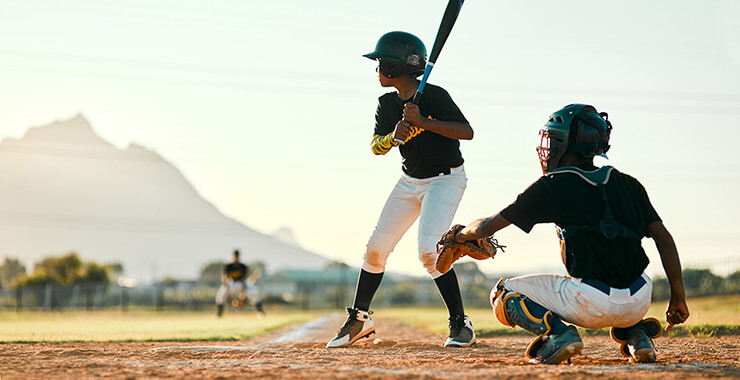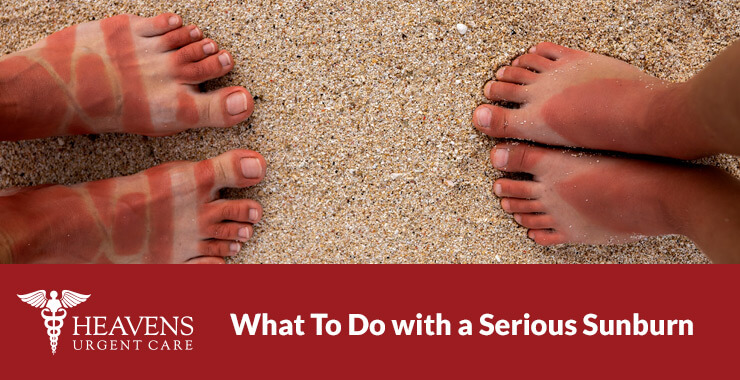This article is designed to help you avoid some of the most common home, outdoor, and sports injuries in life. So, let’s practice injury prevention, reduce your risk of accidents, and keep your home and loved ones healthy and happy.
Home Safety
Home seems to be the number one place for injuries and accidents, especially among children. Sadly, about 12,000 children and young adults die, at home, from unintentional injuries each year.
Falls, burns, and other common household injuries can be prevented by taking these proactive measures:
- Installing grab bars in the bathroom and non-slip mats in the shower to prevent slips and falls.
- Keep walkways clear of clutter and secure loose rugs to prevent tripping hazards.
- Ensure that hot water heaters are set to a safe temperature to prevent scalding burns, and always supervise children around hot appliances and liquids.
- Protect children from dangerous areas by installing safety gates at the tops and bottoms of stairways and tie up window blind cords.
- Place guards on banisters and railings if your child can fit through the rails and secure tall bookcases, televisions, or other pieces of furniture that might tip over.
- Follow electrical safety guidelines, such as not overloading outlets, using surge protectors, and keeping cords out of high traffic areas to prevent electrical shocks and fires.
- Repair loose handrails and install window guards to prevent falls.
- Keep cleaning supplies, medications, and other hazardous items out of reach of children and pets, and properly store firearms and ammunition in a secure location.
- Wear protective footwear and eyewear when mowing the lawn and operating power tools.
- Consider installing a home security system or smart video doorbell to protect your home.
- This may be home safety 101, but many families still do not have functioning fire alarms, fire extinguishers, or smoke detectors placed where needed in their homes. The NFPA reports that homes without fire alarms had twice as many home fire victims.
- And don’t forget about installing a carbon monoxide alarm. Carbon monoxide poison is a silent killer, so it is critical that you have working detectors in your home.
- Since we live in Arizona, we also have a high number of home pools, install a lockable fence around your pool. Hundreds of children drown in U.S. pools and hot tubs each year.

Sports and Recreation Injury Prevention
It’s that time of year when thousands of young people participate in city rec and league sports programs. It’s also the time of year that these same athletes end up at a local urgent care or emergency room. Here’s how you can help:
- Make certain that all sports gear, shoes, and clothing fit your child properly.
- Stretch before and after an athletic event to help reduce the chances of pulling a muscle and to increase flexibility. Stretching is especially important for preventing lower body injuries such as hamstring, calf, and similar leg injuries. It is recommended by most athletic experts to stretch approximately 15 minutes before participating in any sport.
- Don’t encourage your child to “walk it off” or play through pain. As adrenaline kicks in, your child may no longer feel pain and will continue to play. Doing so can lead to more damage and a longer recovery period. Instead, have your athlete ice the injured tissue to help reduce swelling and inflammation.
- Get an updated sports physical annually. Most sports and school programs require a sports physical, but if that’s not the case you should still schedule an appointment. Do this as soon as possible so that if there is a healthcare risk, you’ll be able to get your child help as soon as possible.
HINT: Most urgent care centers like, Heaven’s Urgent Care, can see your child right away for a sports physical or injury. Walk-ins are always welcome.

Road Safety
When driving, walking, or biking, it is important to always be aware of your surroundings. Some other important strategies for being safe on the road include:
- Avoiding distractions such as texting or talking on the phone.
- Wearing a seatbelt, even if you are just driving down the street. Seatbelts are designed to keep you safe and secure in your seat, reducing the risk of being thrown from the vehicle in a collision.
- Do not leave valuables in your car. Do not give someone a reason to break into your car and/or cause you harm.
- When walking, be cautious of vehicles turning at intersections and always make eye contact with drivers before crossing the street.
- Make sure to use designated crosswalks when walking and wear bright or reflective clothing to be more visible to drivers.
- When biking, always wear a helmet and follow the rules of the road to prevent collisions with vehicles. Also, make sure your bike is in good working condition and follow the flow of traffic, by riding in the same direction as cars.
- Choose a bike helmet that fits properly and meets safety standards to provide the best protection. Other protective gear, such as knee and elbow pads for biking, can also help prevent injuries in the event of a fall.
Emergency Preparedness
Knowing basic first aid and CPR can be crucial in helping to save lives in emergency situations.
- Taking a first aid and CPR course can give you the skills and confidence to act quickly and effectively in the event of an accident or medical emergency. Arizona State University and the Phoenix Chapter of the American Red Cross offer CPR/AED certification courses.
- After taking the CPR class, make sure to regularly review and practice your first aid skills so that you can react quickly and confidently when needed.
- We also recommend that you have a well-stocked first aid kit in your home, car, and workplace in case of emergencies.
- When creating an emergency action plan for your family or workplace, it’s important to consider all potential emergencies that could occur and plan accordingly. Make sure all family members or colleagues are aware of the plan and know their roles and responsibilities in case of an emergency.
- Staying calm and collected in emergency situations is key to making rational decisions and taking appropriate actions. Practice deep breathing techniques or mindfulness exercises to help keep yourself calm during stressful situations.
- It can also be helpful to have a designated “work or family leader” in an emergency situation to help coordinate efforts and keep everyone focused.
- Remember to prioritize safety above all else and trust in your training and preparation to help guide you through the situation.
Final Tips
Here’s one final tip to keeping you safe and protected from harm or injury: keep emergency numbers on your cell phone and in high-traffic areas.
Include the phone number for fire, police, your doctors, ambulance service, and the poison control hotline (1-800-222-1222).







